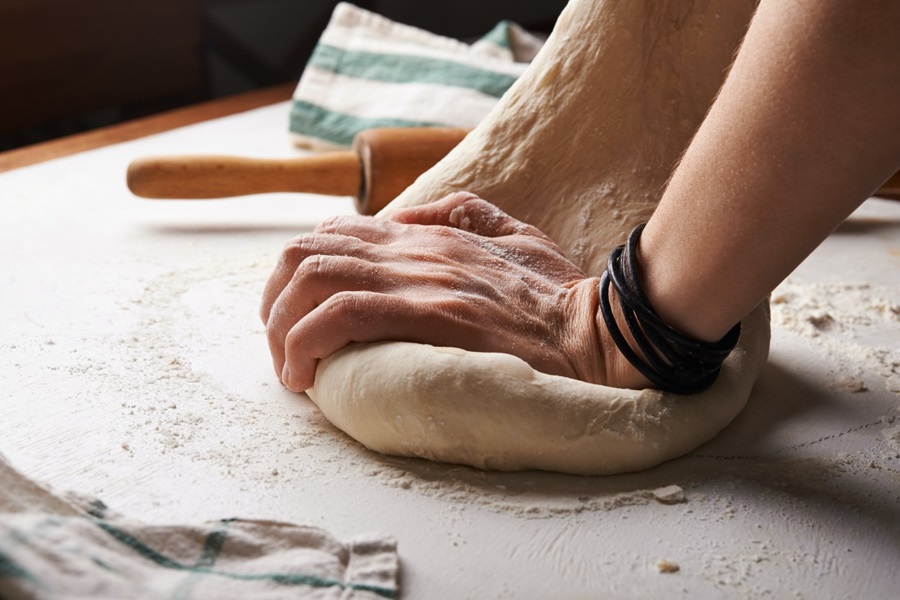Lockdown has turned most of our lives upside down, and may continue to do so for some time. With so much disruption and change to our habitual behaviour there is an expectation that post-coronavirus things may stay in flux, and that new behaviours that we have adopted out of necessity will stick around. But will they really? As brands and businesses look to the future, this is a question they must address. Understanding and responding strategically to new behaviours will no doubt shape brand destiny.
Without a crystal ball it is difficult to assert which behaviours will be maintained. However, there are predictive methods we can use to help us prepare — looking to previous moments of change and weak signals from today. Importantly, understanding the levers that influence behaviour change and maintenance helps us identify how to unpick this question further.
The post-coronavirus picture is likely to be much the same as before
Peoples’ behaviour over time is generally consistent and the status quo prevails. Anyone who has tried a new diet or exercise regime knows that change is hard. When the time eventually arrives, we believe that we can expect post-coronavirus life to look much like it did before as temporary pressures and shortages revert.
The reality is that in a ‘brave new world’, once habits are re-established, behaviours will be just as difficult to change as they were before the crisis. This means it will be challenging for brands to effectively leverage this disruption as a long-term opportunity - but it will be possible. To make it happen, brands first need to understand the psychology of behaviour change.
Behaviour change: fuels, frictions and choice
As the crisis eases, contextual motivators will disappear. Whilst short-term intentions might remain (e.g. the desire to be healthy), there will still be a longer-term gap between people’s intention and desire to change and their ability to actually modify their behaviour – like those who commit to a New Year’s resolution of going to the gym more often but quit after a couple of weeks!
This is what we call the Value-Action Gap — the disparity that exists between the intention to behave in a better way versus the reality of undertaking that action. The forces of behaviour change are a set of fuels and frictions – positive and negative levers of change, i.e. the reasons you continue an existing behaviour or the reasons you adopt a new behaviour. An understanding of these is key to uncovering what is likely to be maintained in a ‘brave new world’.
It is important not only to understand behaviour, but also choice, as sometimes behaviour changes without us making a conscious choice, whereas other times we make intentional decisions. Choice will significantly impact whether or not people choose your brand in the future.
People tend to make frictionless choices and rarely rack their brains every time they make a decision. Whether we make habitual choices or intermittent ones, we go for what is easy. If it feels instinctively correct (and has a high feeling of rightness in the moment) then we tend to stick with that choice. Strong memories, habits, previous exposure and experience make us pre-disposed to our typical choices and insulated against more reflective reasons to consider changing. Thus, people don’t typically change their choices unless the fuels and frictions change.
Circumstances of change
In times of crisis and significant moments of disruption, this is exactly what happens – the fuels and frictions change. When this happens there is a much greater opportunity for different choices and behaviours.
For example, when your usual choice in the shop is no longer available or your needs or motivations change (e.g. changing to anti-bacterial soaps), this presents a brand opportunity. Habits are broken or shopping habits change in response to pressures (‘negative fuels’) (e.g. due to fear or scarcity). However, whether these behaviours and choices remain in the longer term depends on the continued presence of the contextual cues —an increase in fuels and a reduction in frictions.
People often make choices out of necessity or adopt a behaviour due to government or societal pressures, for example increased handwashing. But when other priorities, such as lack of time, take over people will revert to many of their typical behaviours with relief.
However, there are choices and behaviours that have real staying power. These are influenced by several important fuels:
- Whether the behaviour is easy, and people are capable of maintaining them e.g. discovering the simplicity of online banking
- Whether the contextual cues, social influences or motivators remain. According to recent Kantar scenario planning, behaviours associated with financial, health and hygiene concerns and social distancing are likely to perpetuate whilst these contextual and social factors remain a significant worry.
- Most importantly, behaviours that are rewarding and deliver positive feedback and contribute to the development of strong memories and mental associations will perpetuate as they continue to close the Value-Action Gap. These rewards could be better value, avoidance of getting sick, a superior experience or better delivery of the intended job to be done. We call this a ‘meaningfully different’ experience and it is always of value e.g. discovering the joys of home baking.
The longer a habit is maintained, the more likely it is to stick. By contrast, the more the context reverts to how it was before, when old cues, priorities and motivators return, so do the behaviours.
Consequently, it is key to stay close to the cues and weak signals that are influencing people’s behaviour and the changing context to determine what is likely to stick. In the main and outside of the examples listed above, the world is not going to be an unrecognisable place and much of our old behaviours will ring true.
Depending on whether you’re a market leader or disruptor, you may welcome the opportunity for change to varying degrees. But for all brands, this is an opportunity to shape the marketplace. You can either have a passive response to this changing context or leverage it to be advantageous to your brand.
Understand what you can do to encourage positive behaviours to stick. How can you build the right mental associations and feelings of rightness amongst consumers? How can you make yourself a frictionless choice?
The main question brands should be asking is, what are the influencers of change in their context? What are the fuels and frictions, and how they can nudge and influence people’s behaviours in a positive way - for example, to encourage the adoption of more pro-social and sustainable behaviours? Brands that take action to re-invigorate and change the dynamics of their category are more likely to be the brands that are resilient to the negative effects of the COVID-19 outbreak.
To find out more about understanding fuels and frictions, please contact us.

